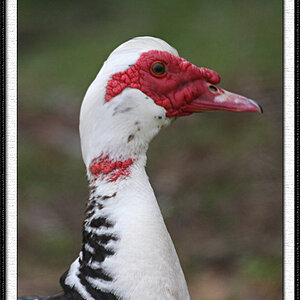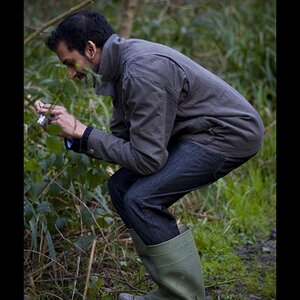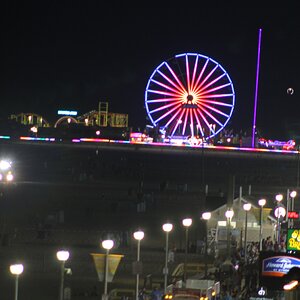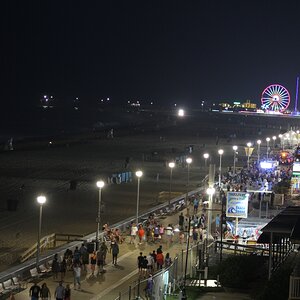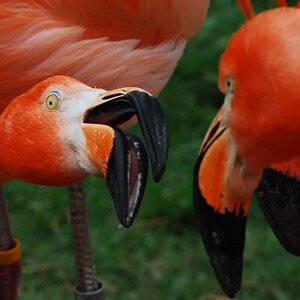Pedro_lopez
No longer a newbie, moving up!
- Joined
- Nov 6, 2016
- Messages
- 153
- Reaction score
- 47
- Location
- Ft.Lauderdale, Florida
- Can others edit my Photos
- Photos OK to edit
Hello new to the forum And photography.
With no prior experience and only mild research I decided to buy a Nikon d3300 w/ 18-55mm kit lense and Understandig exposure by Bryan Peterson 4th edition.
The kind of photos I'm interested in taking I now find require a tripod, filters and other lenses. And I know by now a good photo depends on the photographer not solely on the equipment. So here's my question:
What are some fairly priced equipment or maybe some ways you guys have saved money buying certain equipment on a beginner level?
In order of what I'm looking for first to last is:
Tripod for landscape and night time photography
Filters for uv, stops, and color filters
And then lenses macro for close up nature and wide angle lenses for landscapes.
What are some examples of what you started off with?
With no prior experience and only mild research I decided to buy a Nikon d3300 w/ 18-55mm kit lense and Understandig exposure by Bryan Peterson 4th edition.
The kind of photos I'm interested in taking I now find require a tripod, filters and other lenses. And I know by now a good photo depends on the photographer not solely on the equipment. So here's my question:
What are some fairly priced equipment or maybe some ways you guys have saved money buying certain equipment on a beginner level?
In order of what I'm looking for first to last is:
Tripod for landscape and night time photography
Filters for uv, stops, and color filters
And then lenses macro for close up nature and wide angle lenses for landscapes.
What are some examples of what you started off with?


